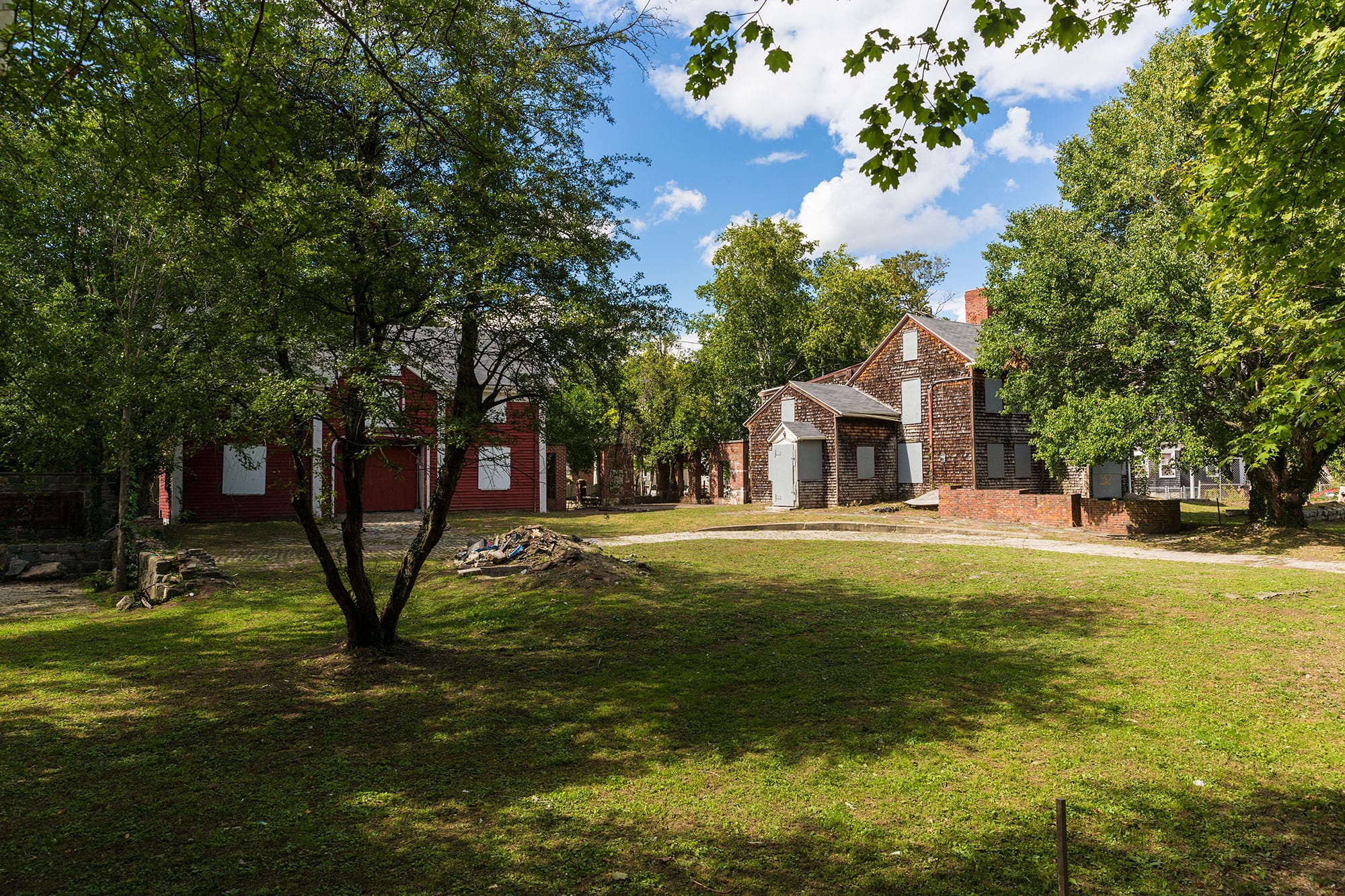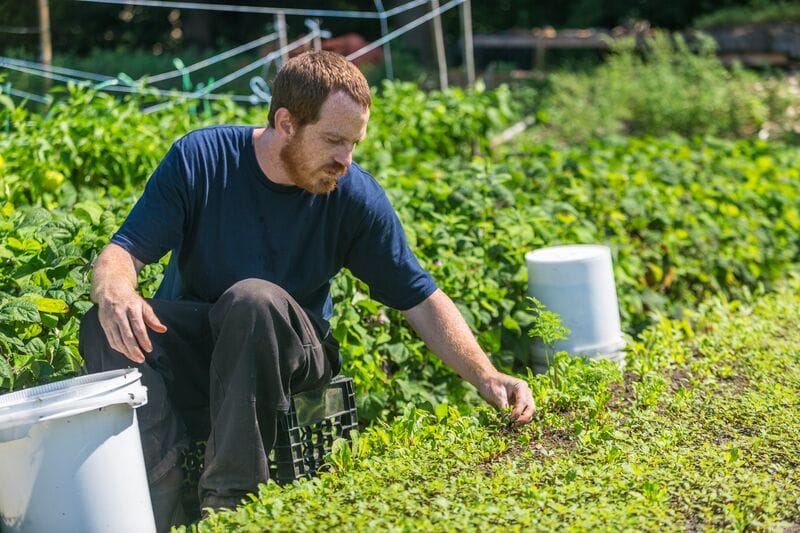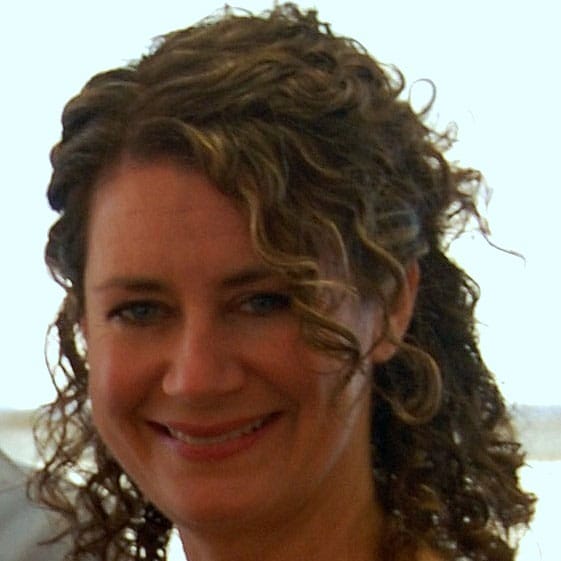Fowler Clark Epstein Farm
What We’re Doing
Helping transform a historic urban property into a modern community farm.
Our Goal
Bring people together through nature and farming.
6 Beacon Street
Suite 615
Boston, MA, 02108
(617) 367-6200
massachusetts@tpl.org
(617) 367-6200
jodi.valenta@tpl.org




